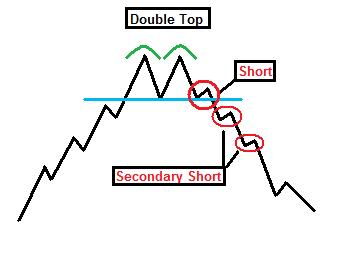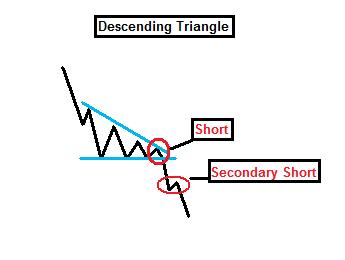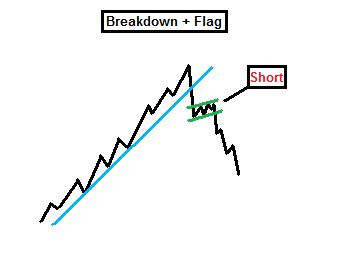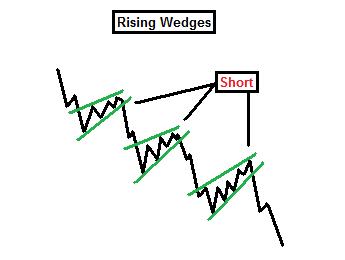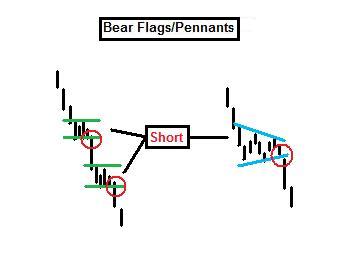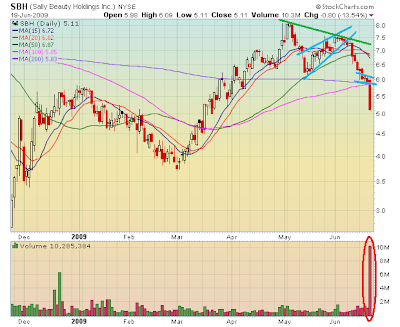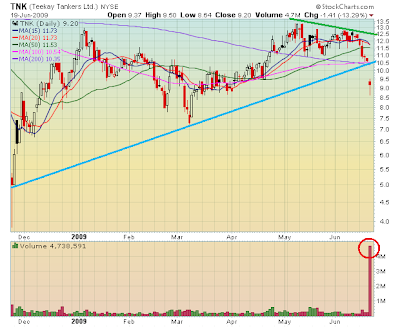The three types of entries are a prerequisite of the third part of the Art of Tape Reading Series. There are three types of entries: Aggressive, Regular, and Conservative. For the sake of saving time, I’ll just use a positive market in my examples.

The Aggressive method is most favorable when the general market is up, increasing the odds of a successful setup. This is when you enter before the confirmation of a breakout. A good recent example was my LXK play, where I got in about 30 seconds before the breakout. This is aggressive because if you are wrong, then you will book a loss. I don’t think I’ve ever broken even on an aggressive entry trade when I was wrong. However, if you are right, then this method maximizes your gains more than the other entries. you get in when there is enough liquidity/activity in the price movements and there is a volume spike towards the high of the channel indicating that it may possibly have a chance to break out. Your stop, mental or hard, would be at the bottom of the channel.

The Regular method is favorable during positive to neutral market conditions. It is when you aren’t as nearly sure, but there is still a high chance of a breakout. Ideally, you want to get in when a consolidation pattern forms at the top of the channel on the same price/volume characteristics listed for the Aggressive method -or- immediately on the actual breakout itself. This entry’s weakness is on fakeouts where you will most likely book a loss and sometimes, breakeven. Your stop would be on the breakdown of the stock from the upper channel to the lower channel. Most of the times, I use this entry because I am able to get in either immediately before confirmation or on the confirming breakout.

The final entry is the Conservative method. This is when you get in after the breakout on the first pullback, usually at the upper channel resistance, which turns into support. The problem with this setup is that sometimes the stock does not pullback for a lengthy time. I use this setup if I am late and actually find it. This entry contains the most confirmation of the other entry methods. If support is tested, then the stock retains it’s strength allowing you a “second chance” entry into the stock. This setup is safer because you are not guessing as to whether a stock will breakout or not.
Since everyone’s risk tolerance is different, you may want to key in on which entry suits you the best. Experienced traders can perform on all three methods, however, I advise beginners to master one type of entry that best suits your personality before you try to do all three at once.
Have a great trading week.
——-
For expert tape reading, I highly encourage you to refer to Vadym Graifer of RealityTrader.com. I spoke with him personally and he’s an intelligent and great guy.
Here is his bio:
Vadym is the author of Techniques of Tape Reading (McGraw Hill 2003), How to Scalp Any Market (2005) and Master Profit Plan (2005). Vadym is a frequent featured speaker at International Trader’s Expos and Financial Forum Conferences.
He is the founder of RealityTrader.com, a hands-on training company, working with a global community of individuals to achieve high levels of trading success.
Vad is a professional trader and an international private trading mentor responsible for turning around the trading careers of thousands of trader. He has also published articles and interviews in industry magazines, corporate product newsletters and trading forums.
For more background information on Vad, please see excerpts from Vad’s book (Chapter 1, Chapter 2)
Comments »












